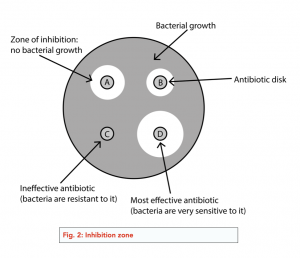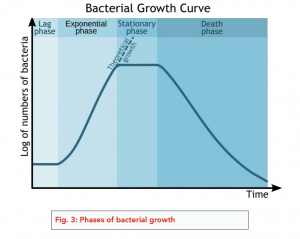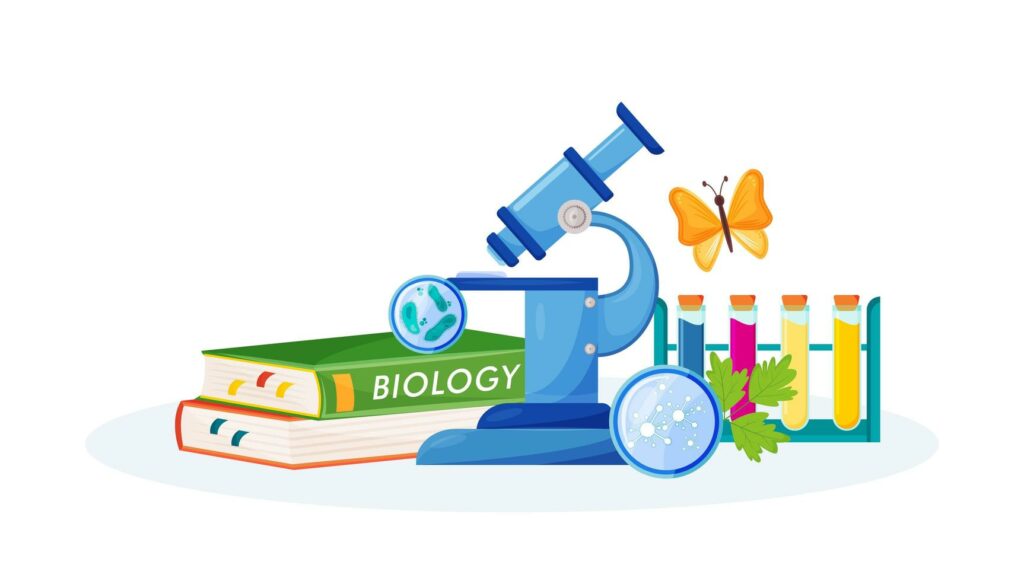Microbial Techniques (A-level Biology)
Microbial Techniques
Culturing Microorganisms
Basic aseptic techniques
Aseptic techniques help prevent contamination of unwanted microorganisms.
Contamination can affect the growth of the microorganism you’re trying to culture:
- Close windows and doors to prevent disturbing the air.
- Disinfect work surfaces regularly. Don’t let utensils touch the work surface, and make sure to disinfect immediately with antibacterial cleaner.
- Make sure equipment is sterile and discarded safely once use is finished. (Glassware can be put into an autoclave to sterilise, but pre-sterilised plastic equipment can only be used once).
- Work near a Bunsen flame when transferring bacteria. This allows convection currents to move microbes in the air away from the plate as the hot air rises.
- Flame the neck of the glass container as soon as it’s opened and just before closing to ensure unwanted organisms don’t fall in.
- Flame the wire hoop before using it to transfer bacteria.

Principles and techniques of organism culturing
- Transfer bacteria using a sterile pipette from broth to agar plate.
- Spread bacteria using sterile plastic spreader.
- Place paper discs soaked in different antibiotics using sterile forceps. Add a negative control disc (soaked in sterile water).
- Tape lid on lightly, turn plate over and incubate at 25°C for 24-48 hours.
- Size of inhibition zone indicates how well an antibiotic works. Larger zone = better the antibiotic at inhibiting growth. (Inhibition zone is where the bacteria cannot grow, shown as a clear patch).
Calculating the area of the inhibition zone
- Measure the diameter (d) of each antibiotic’s inhibition area (without removing the lid)
- Use the formula:

Different mediums
A culture medium allows the growth of microorganism or cell populations.
Broth – mixture of distilled water, nutrients and a bacterial culture
Agar plate – petri dish containing agar jelly
Selective media – inhibits growth of certain organisms whilst encouraging growth of others
Phases of a bacterial growth curve
Closed cultures are where a microorganism’s growth happens in a
place that is isolated from the external environment, following a standard growth curve. Nutrients and waste products are not added or removed during growth.
Standard growth curve:
- Lag Phase – slow increase of population size due to the microorganisms creating enzymes (plus other molecules) to reproduce. Reproduction rate is low.
- Exponential Phase – fast increase of population size due to conditions being most favourable for reproductions. Microorganism number doubles regularly.
- Stationary Phase – constant population size due to death rate equalling reproductive rate. Waste products build up whilst there isn’t enough nutrients.
- Decline (Death) Phase – falling population size due to death rate being larger than reproductive rate. Nutrients are scarce whilst waste products are overwhelmingly toxic.

Calculating exponential growth rate constants
As the culture of microorganism’s cells double at regular intervals, there is a formula to indicate the amount of individuals present in the population at a certain number of divisions:

- N is the number of individuals present in the population
- N0 is the initial number of cells
- 2n n is the number of divisions
Microbial techniques refer to a range of laboratory methods and procedures used to study microorganisms, such as bacteria, viruses, fungi, and parasites.
Microbial techniques are important in A-level Biology as they provide a fundamental understanding of the structure, function, and behavior of microorganisms, which play a crucial role in many biological processes, both in health and disease.
The different types of microbial techniques include:
Staining Techniques: used to visualize and identify microorganisms, such as gram staining and acid-fast staining.
Isolation Techniques: used to separate microorganisms from a mixture, such as streak plate method and serial dilution.
Culture Techniques: used to grow and maintain microorganisms in a laboratory, such as solid and liquid culture.
Identification Techniques: used to determine the identity of a microorganism, such as biochemical tests and molecular methods.
The purpose of microbial techniques is to:
Study the basic biology and physiology of microorganisms.
Understand the role of microorganisms in various biological processes, such as fermentation and decomposition.
Determine the presence, identity, and abundance of microorganisms in different environments, such as soil, water, and human body.
Develop new treatments and therapies for infections and diseases caused by microorganisms.
The advantages of microbial techniques include:
Improved understanding of microorganisms and their behavior.
Ability to grow and study microorganisms in a controlled laboratory environment.
Development of new treatments and therapies for infections and diseases caused by microorganisms.
Improved food and pharmaceutical production through the use of microorganisms.
The limitations of microbial techniques include:
Difficulty in growing certain types of microorganisms in a laboratory.
Complexity of some techniques, requiring specialized training and equipment.
Risk of contamination and the spread of pathogens in the laboratory environment.
Potential ethical concerns, such as the use of live microorganisms in experiments.






Still got a question? Leave a comment
Leave a comment